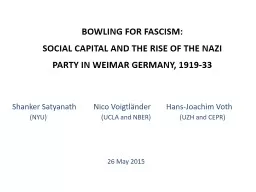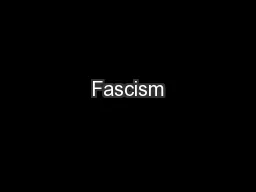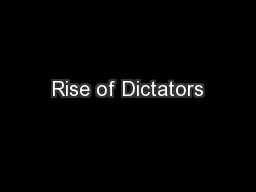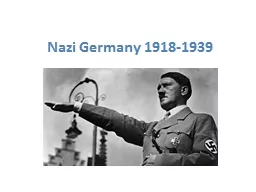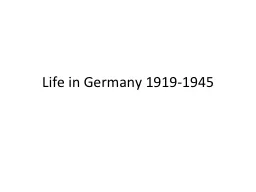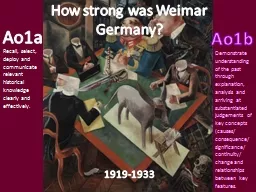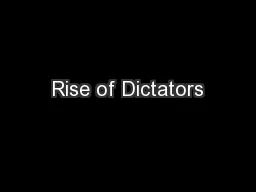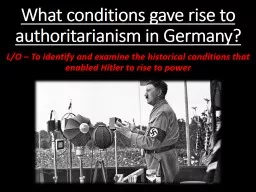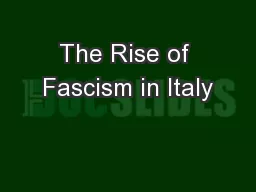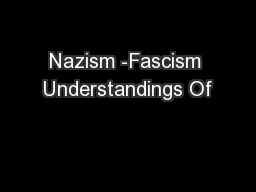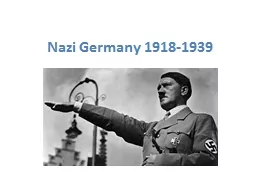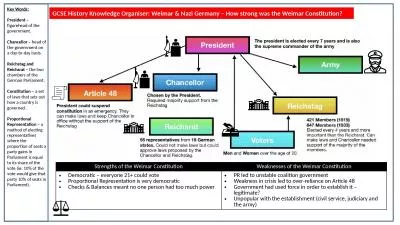PPT-BOWLING FOR FASCISM: SOCIAL CAPITAL AND THE RISE OF THE NAZI PARTY IN WEIMAR GERMANY,
Author : fanny | Published Date : 2021-01-27
Shanker Satyanath Nico Voigtländer HansJoachim Voth NYU UCLA and NBER UZH and CEPR 26 May 2015 Background Social capital
Presentation Embed Code
Download Presentation
Download Presentation The PPT/PDF document "BOWLING FOR FASCISM: SOCIAL CAPITAL AND..." is the property of its rightful owner. Permission is granted to download and print the materials on this website for personal, non-commercial use only, and to display it on your personal computer provided you do not modify the materials and that you retain all copyright notices contained in the materials. By downloading content from our website, you accept the terms of this agreement.
BOWLING FOR FASCISM: SOCIAL CAPITAL AND THE RISE OF THE NAZI PARTY IN WEIMAR GERMANY,: Transcript
Download Rules Of Document
"BOWLING FOR FASCISM: SOCIAL CAPITAL AND THE RISE OF THE NAZI PARTY IN WEIMAR GERMANY,"The content belongs to its owner. You may download and print it for personal use, without modification, and keep all copyright notices. By downloading, you agree to these terms.
Related Documents

